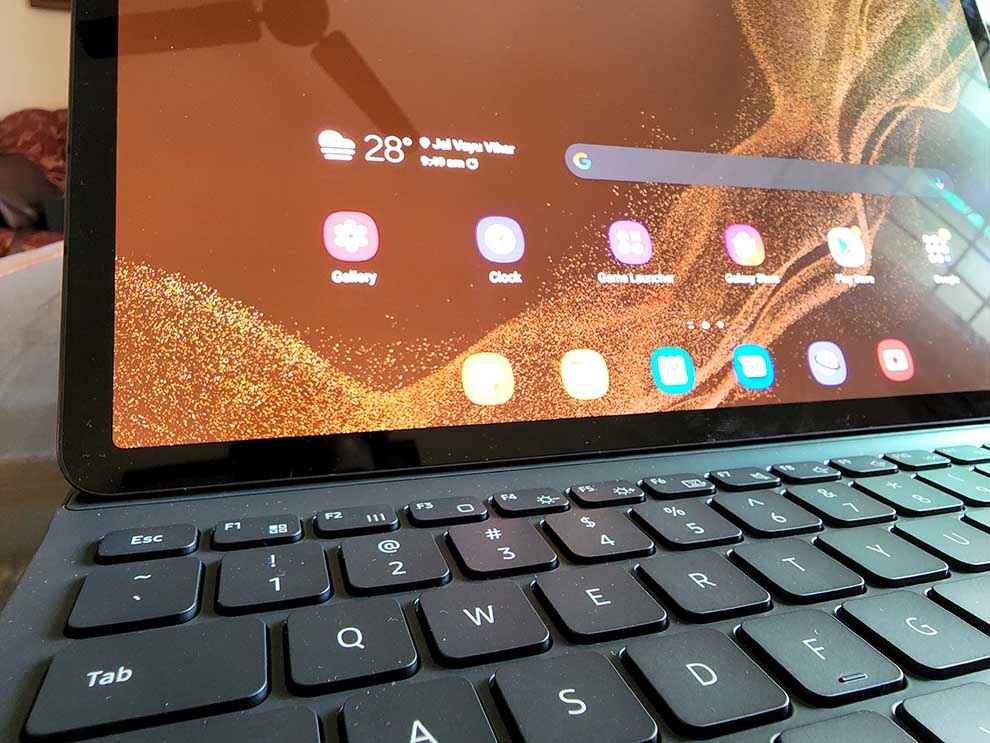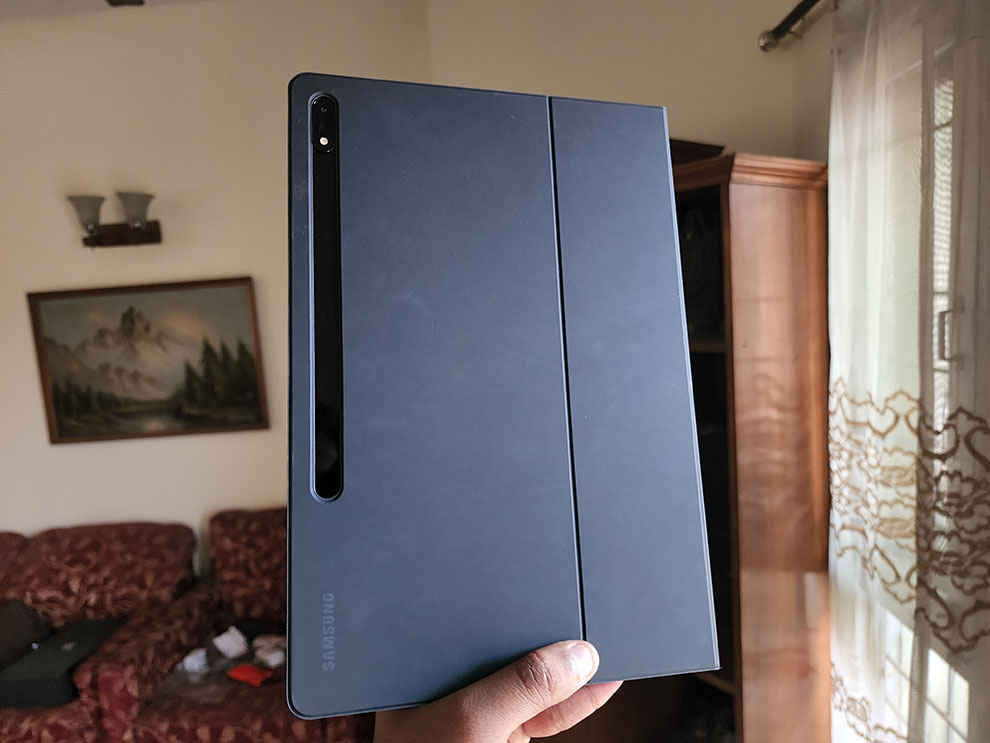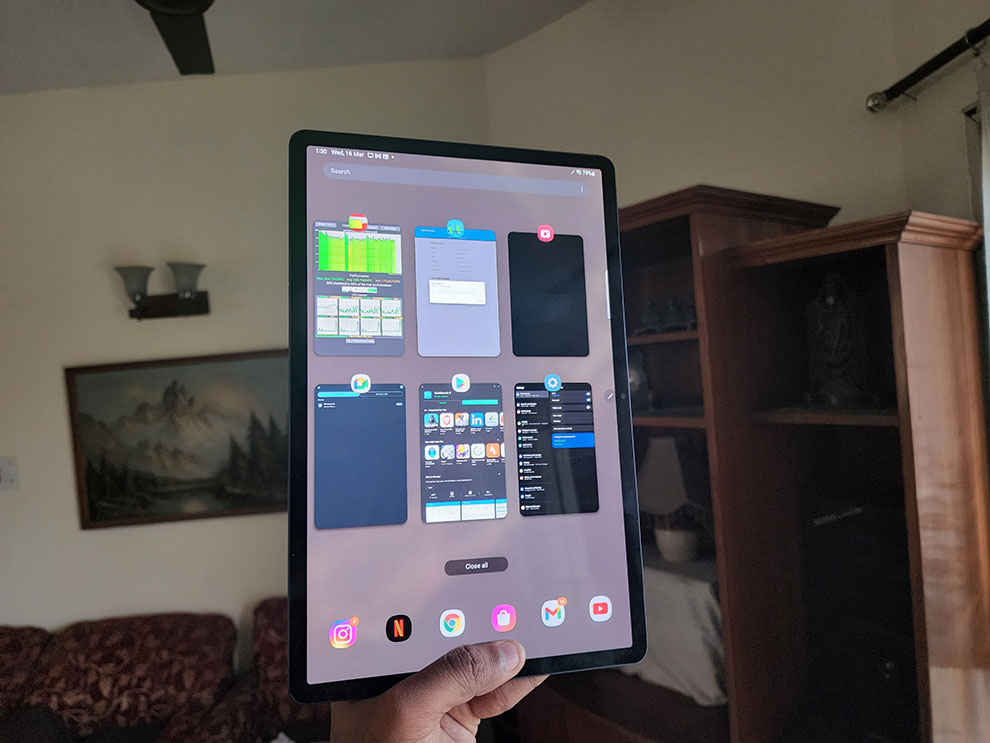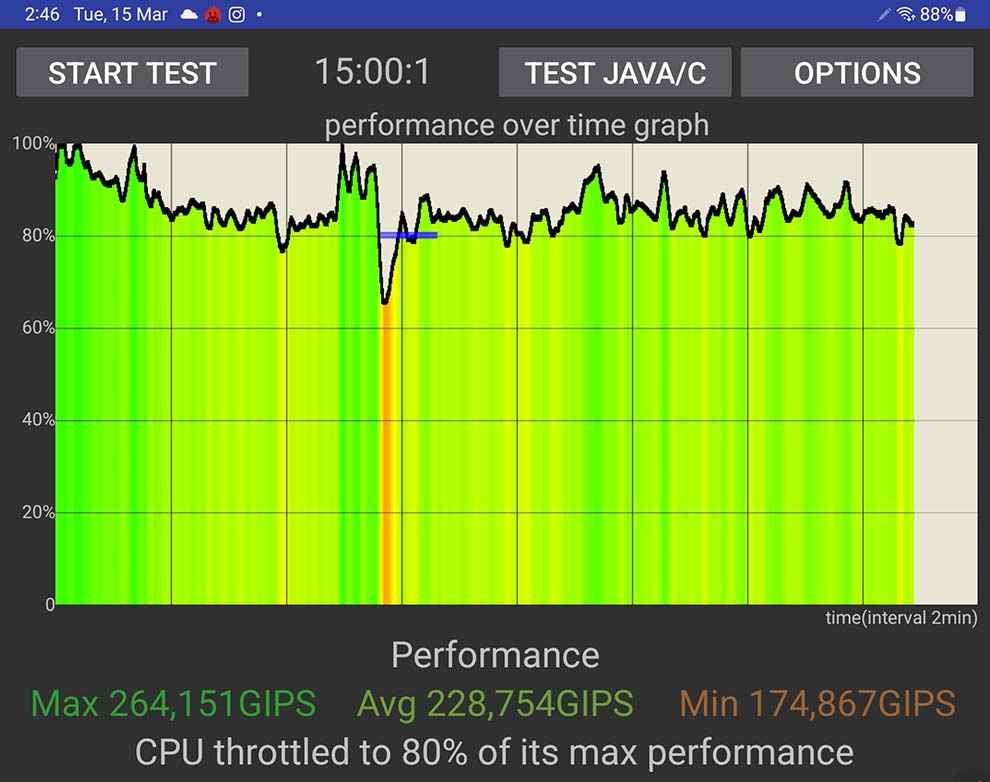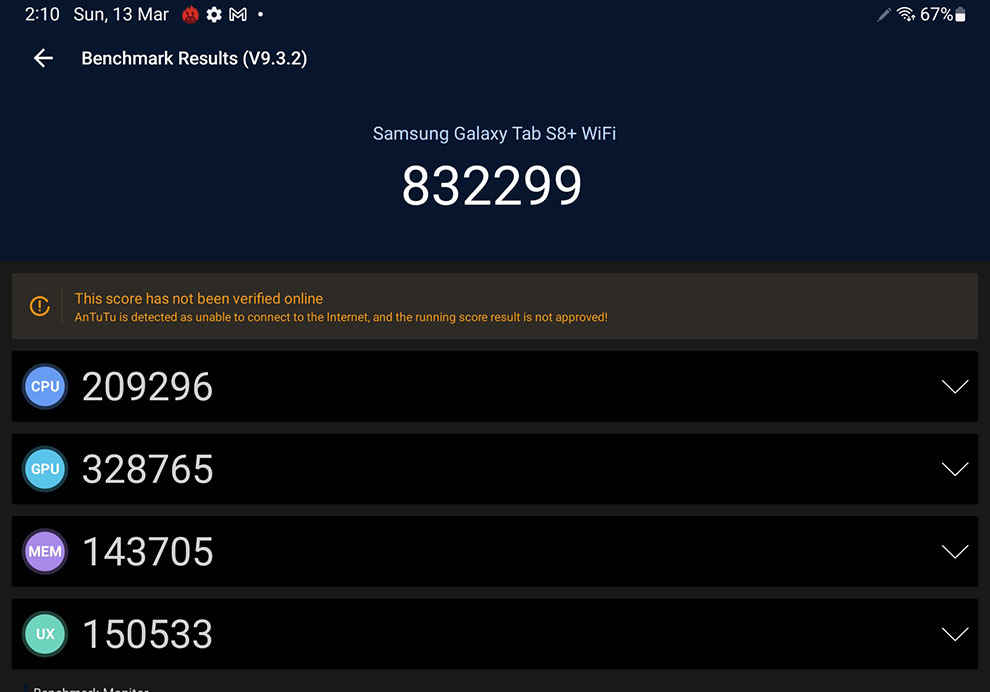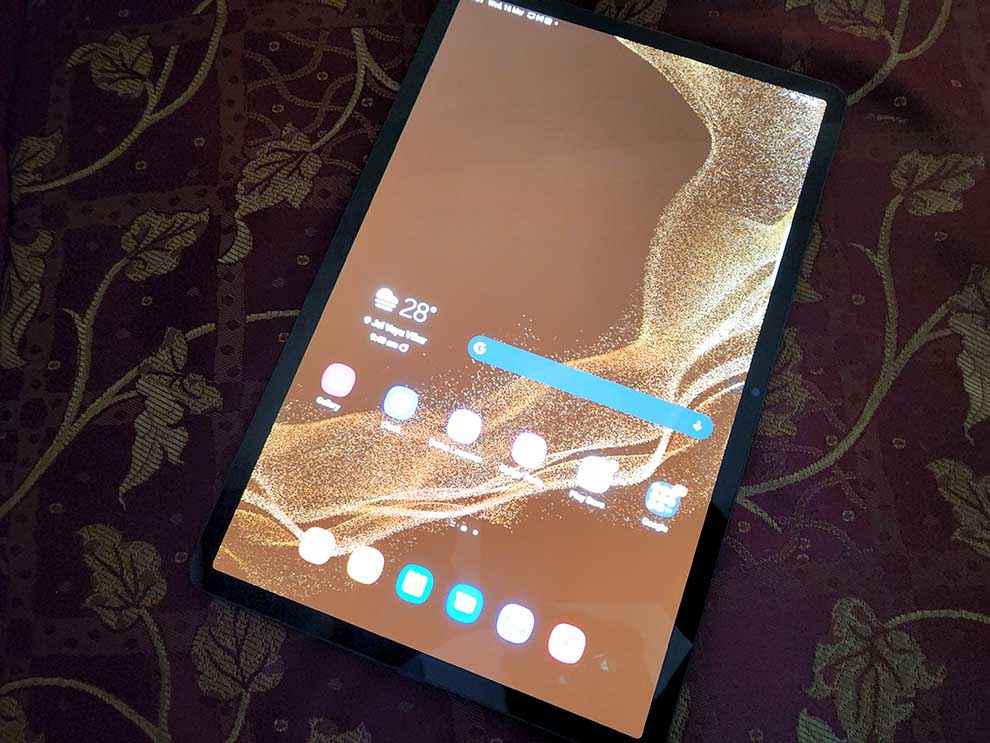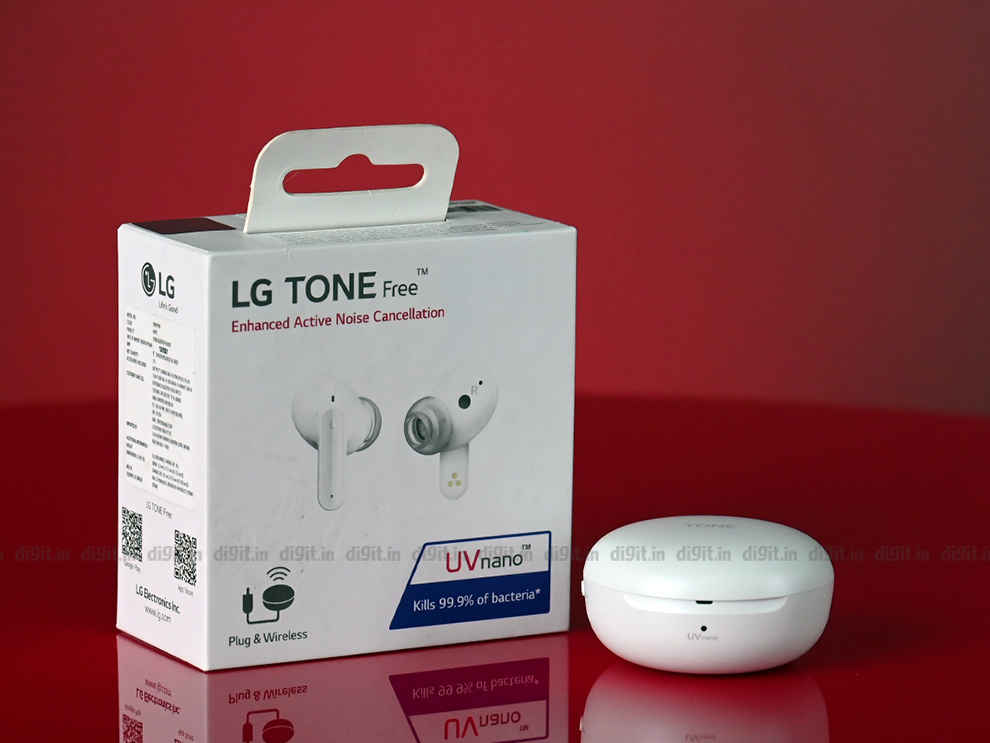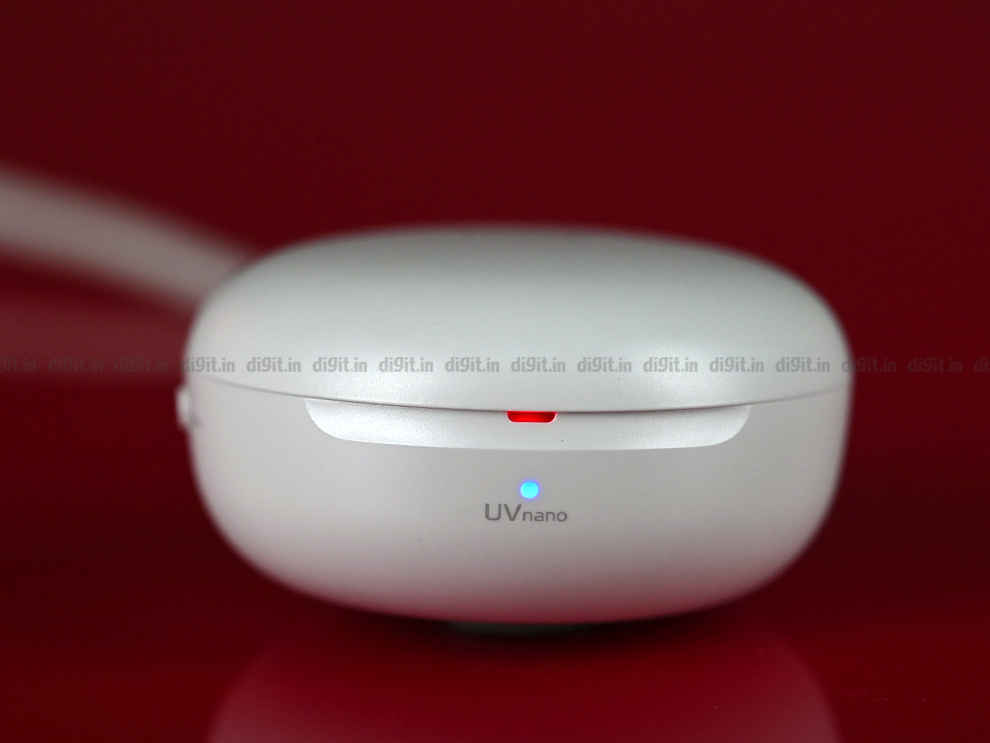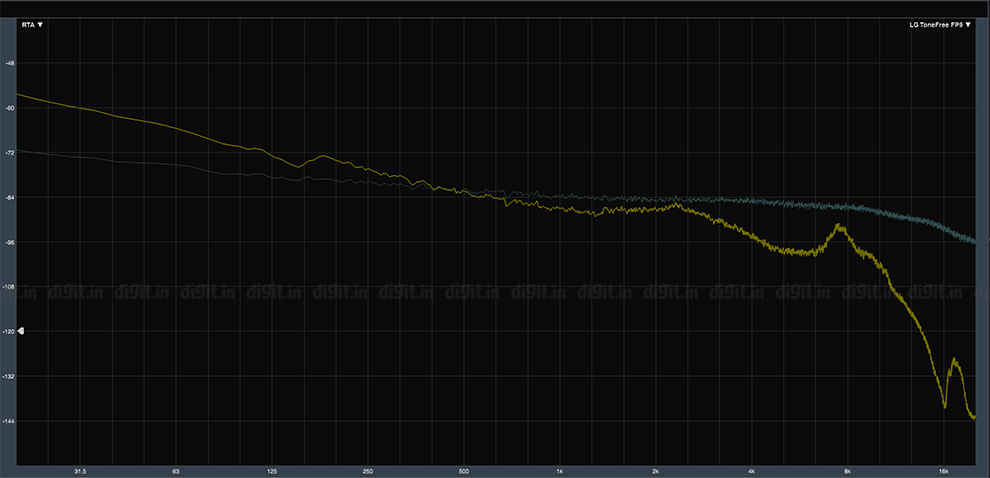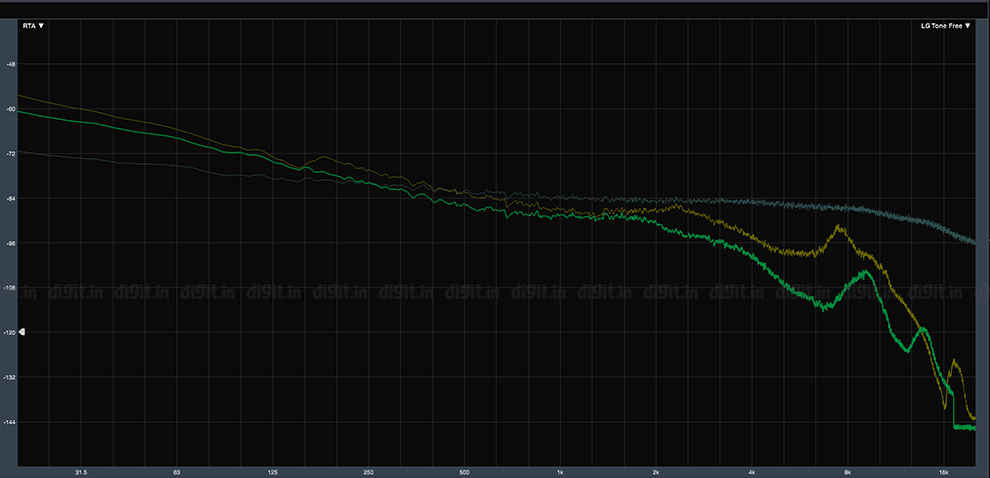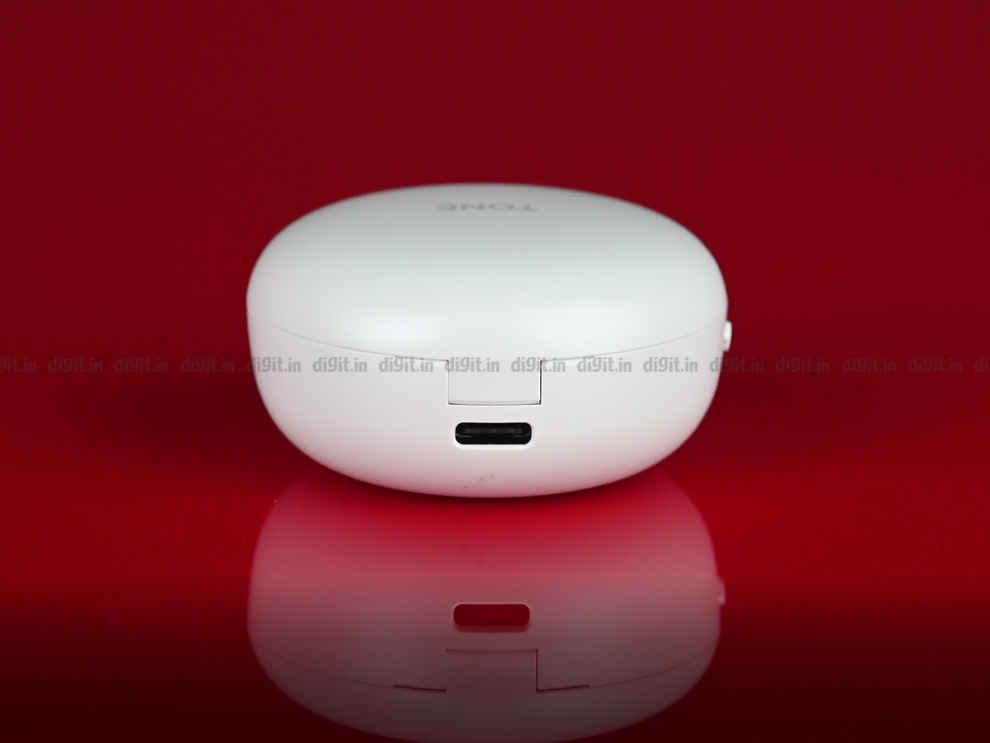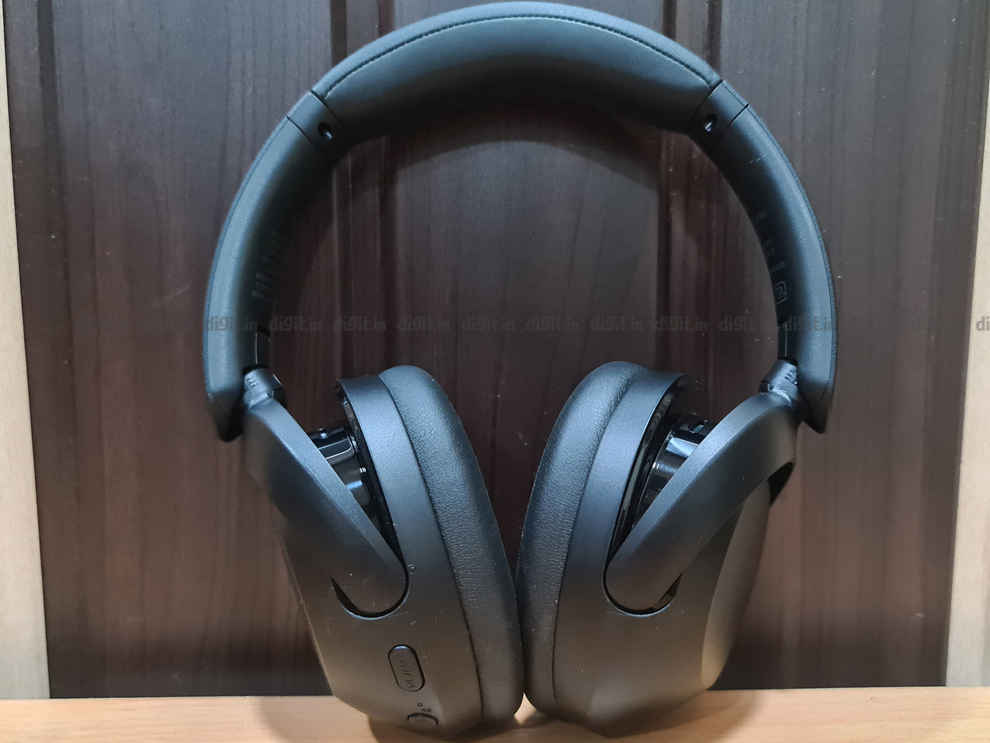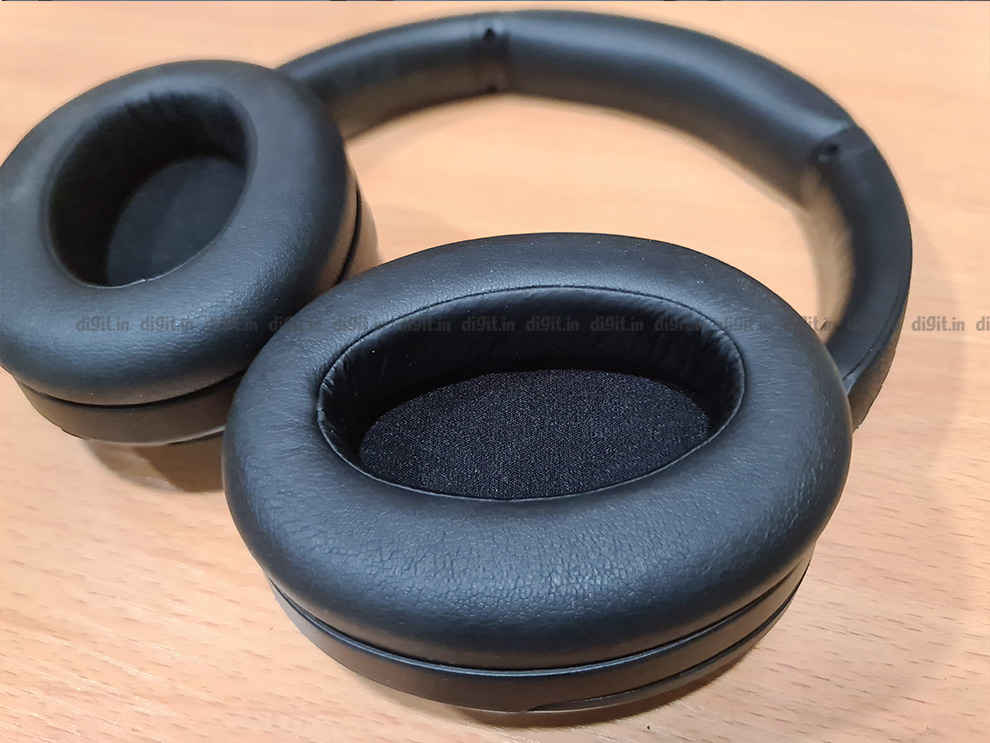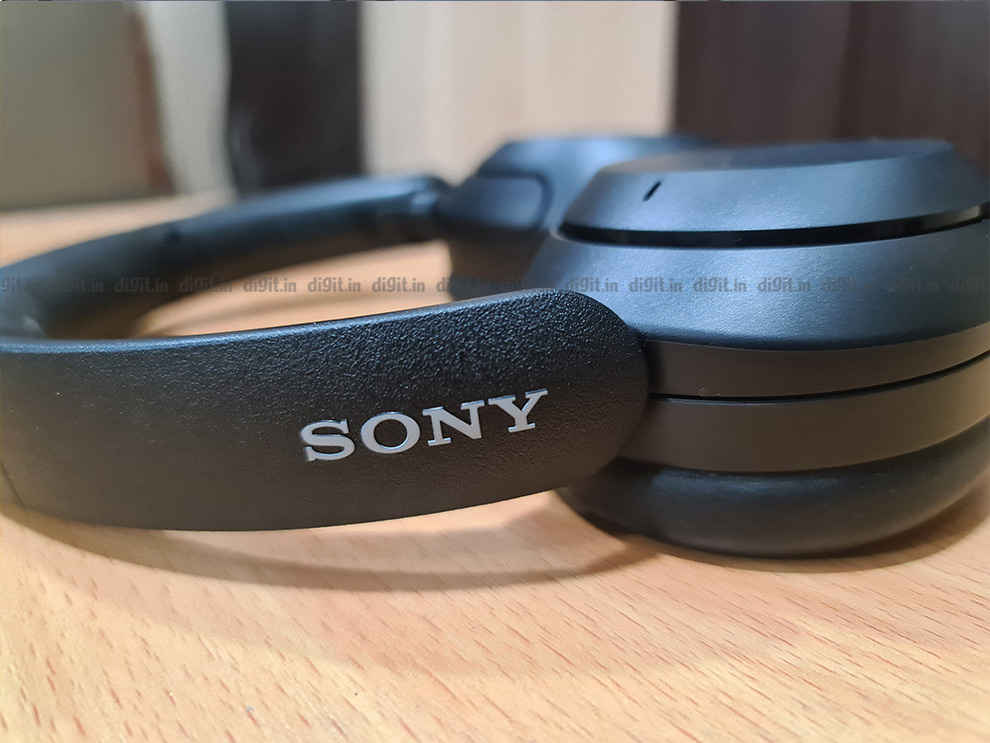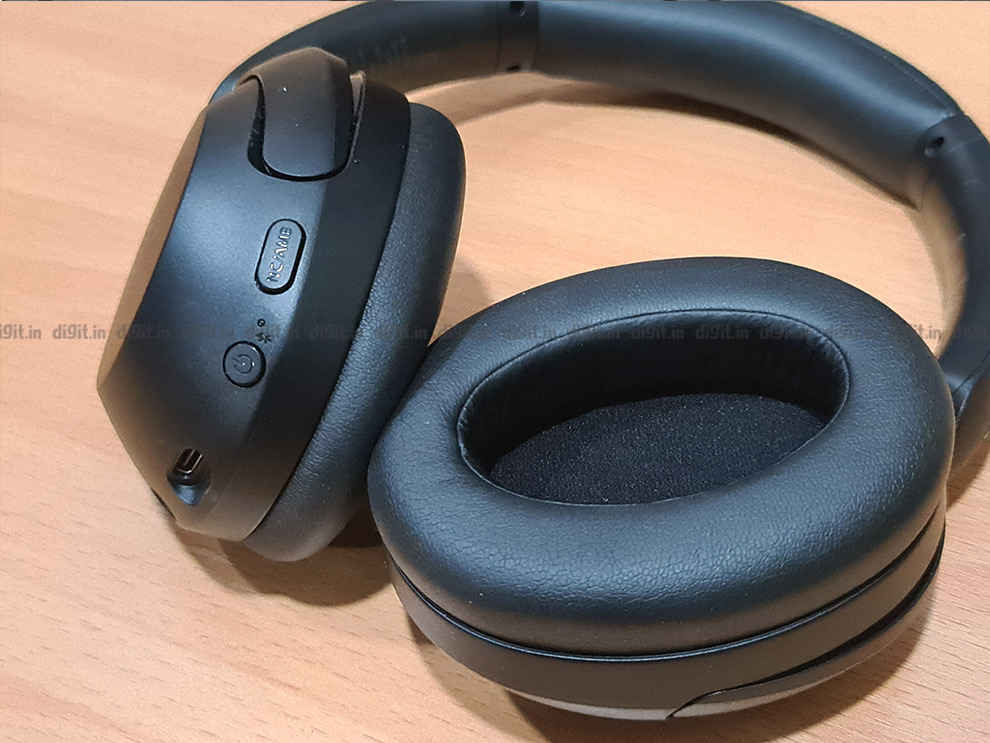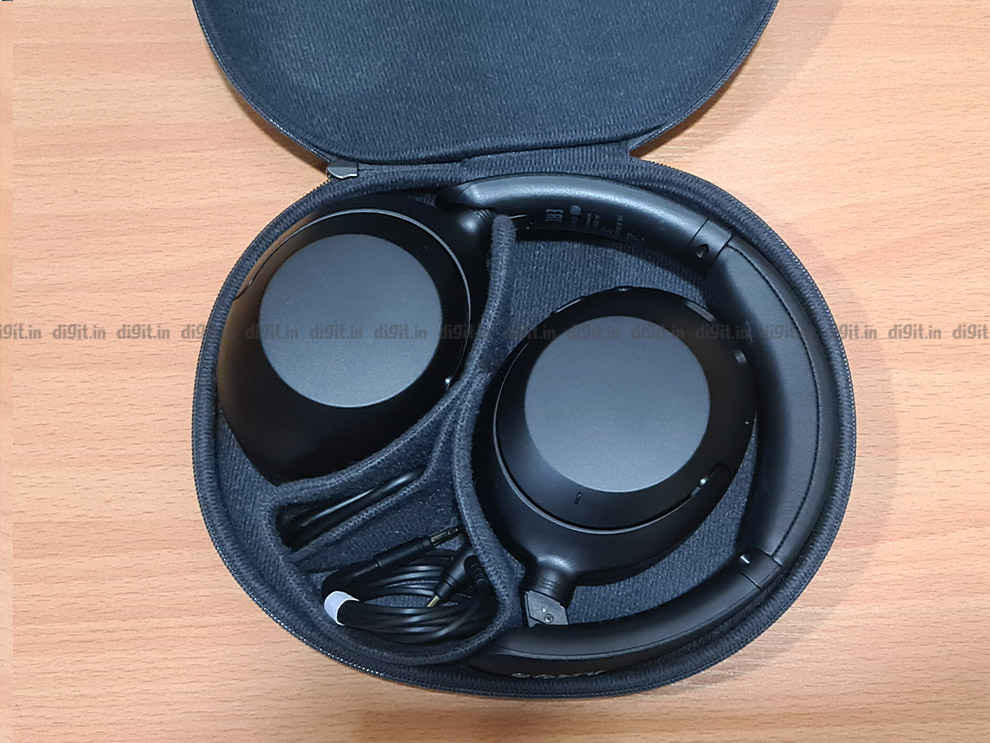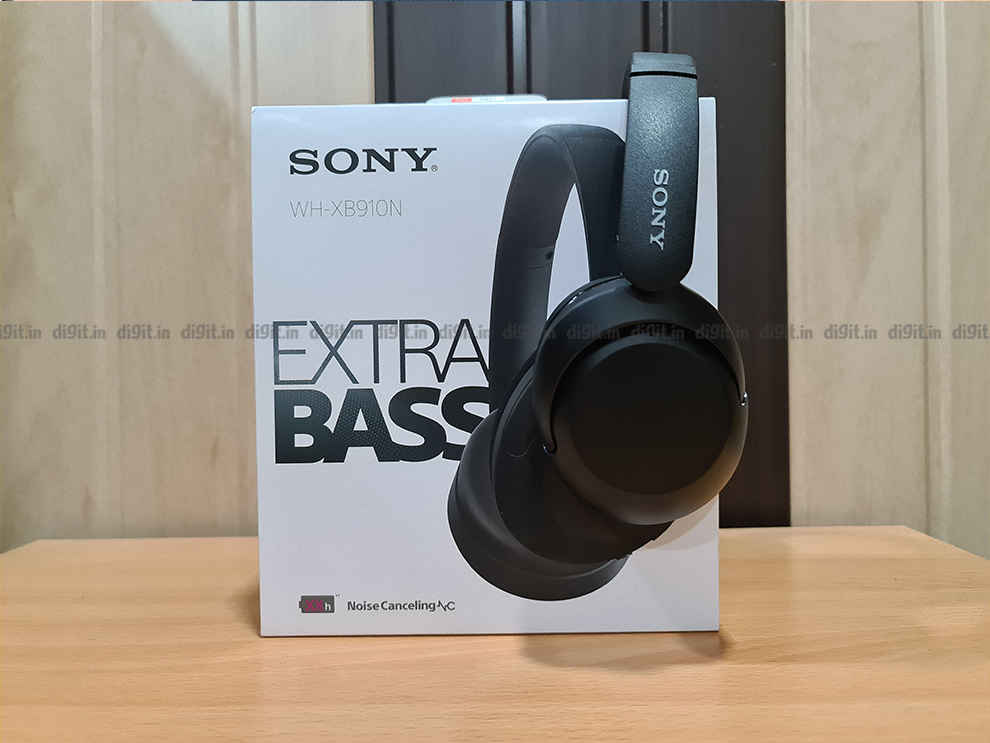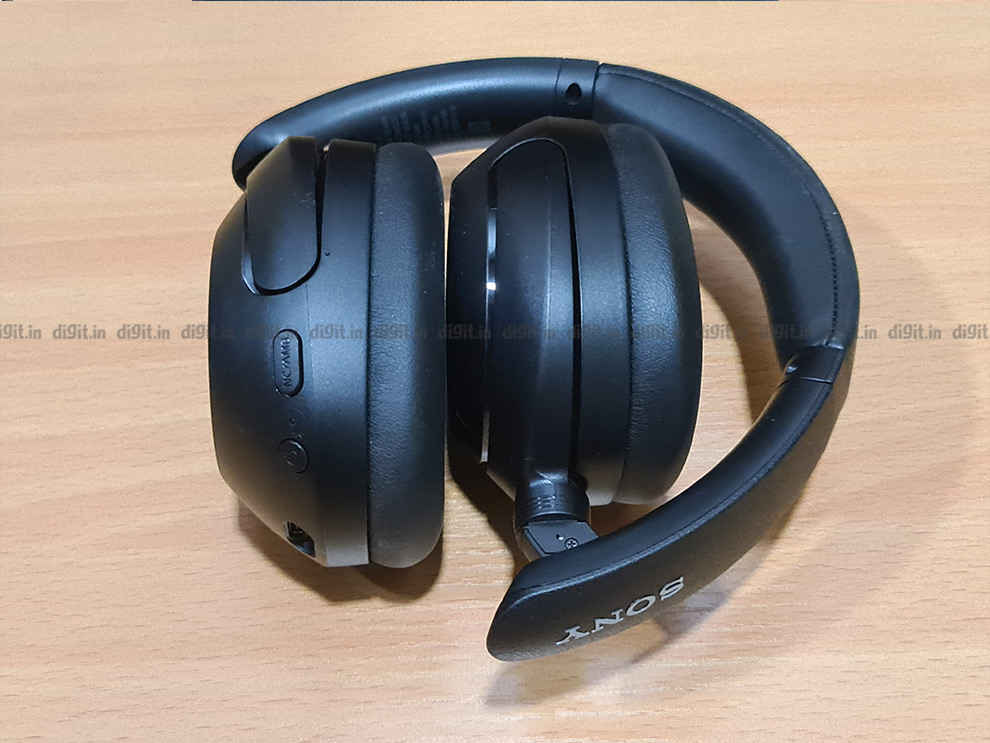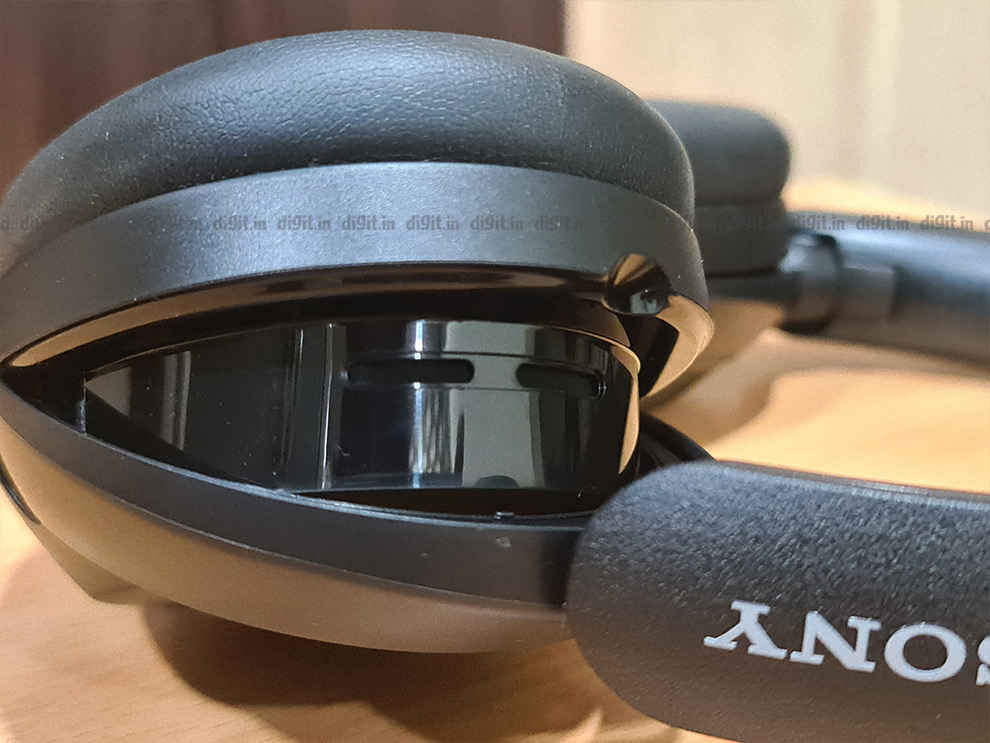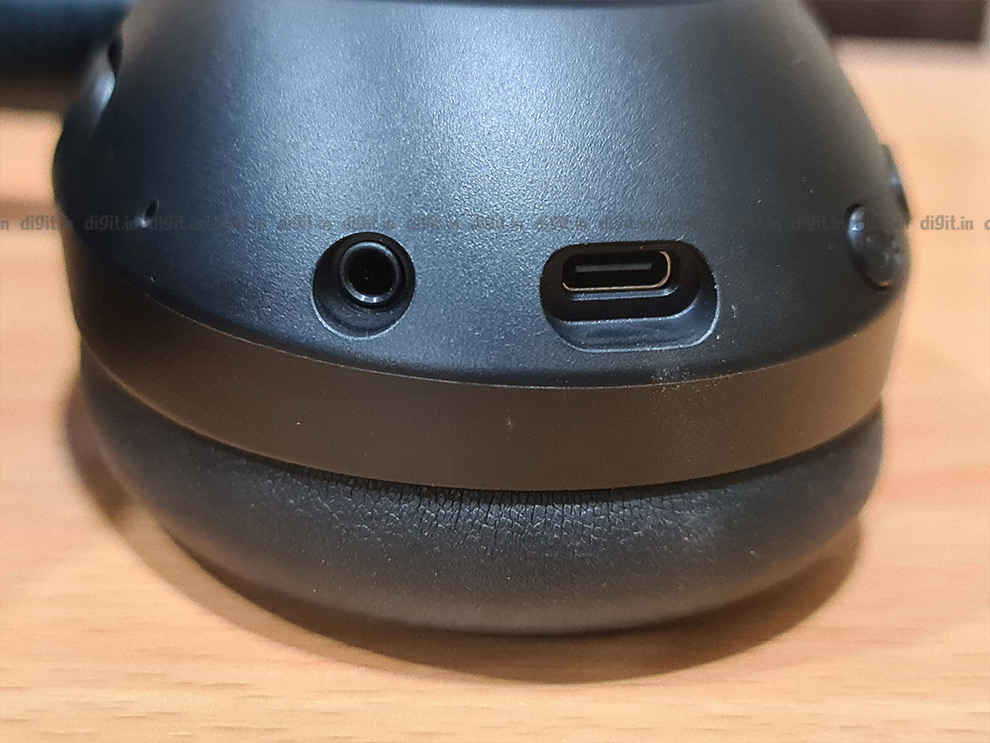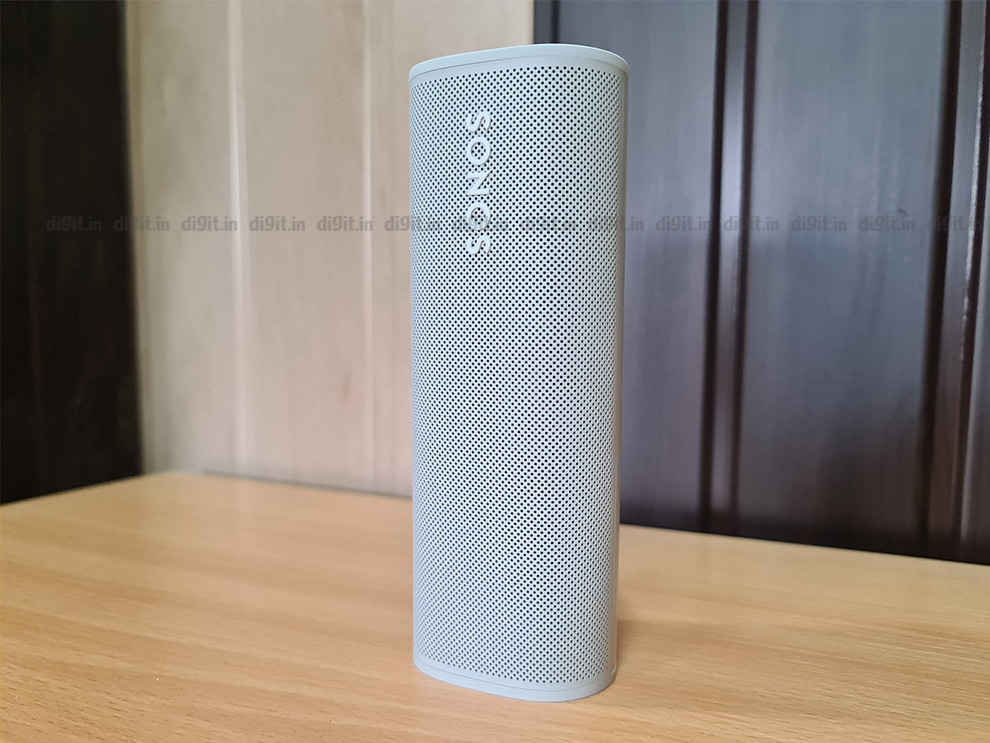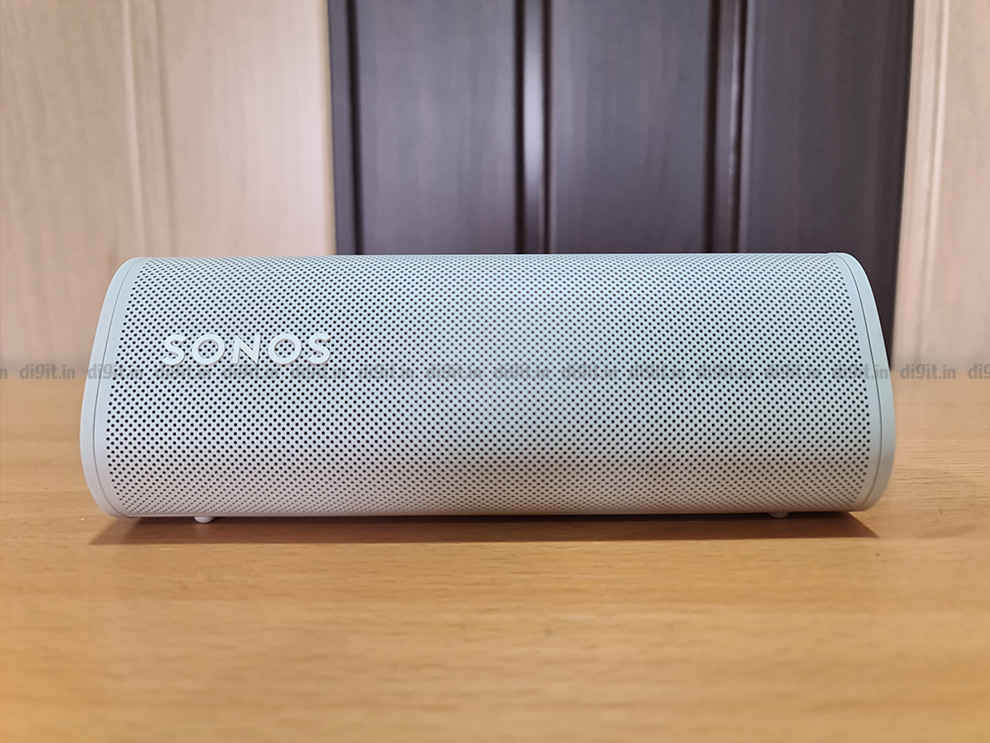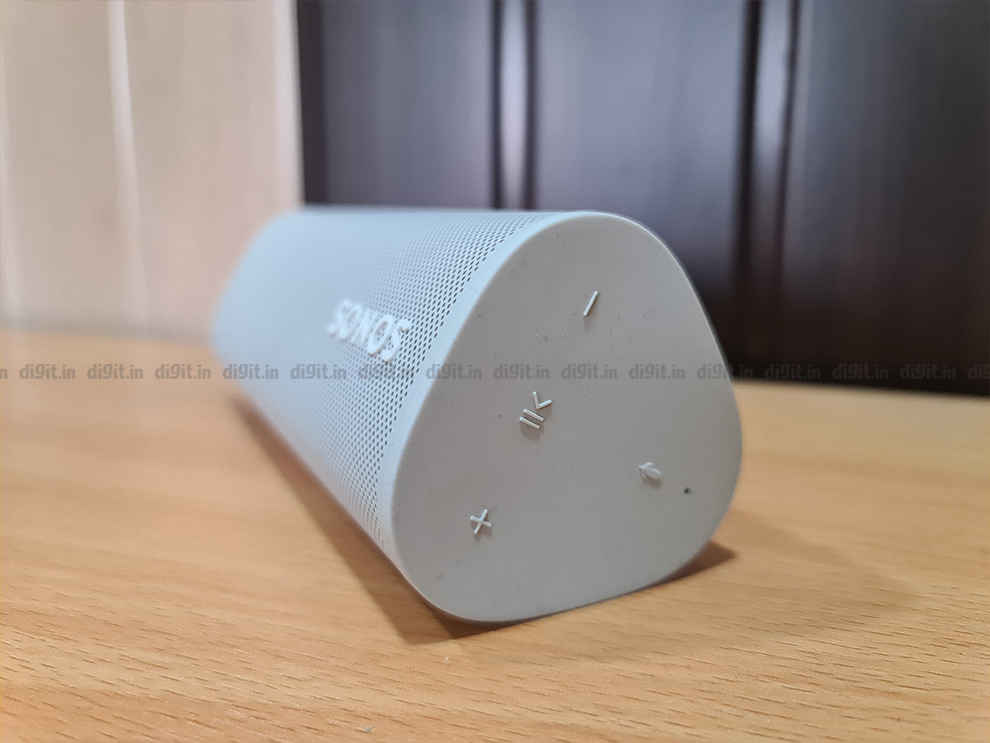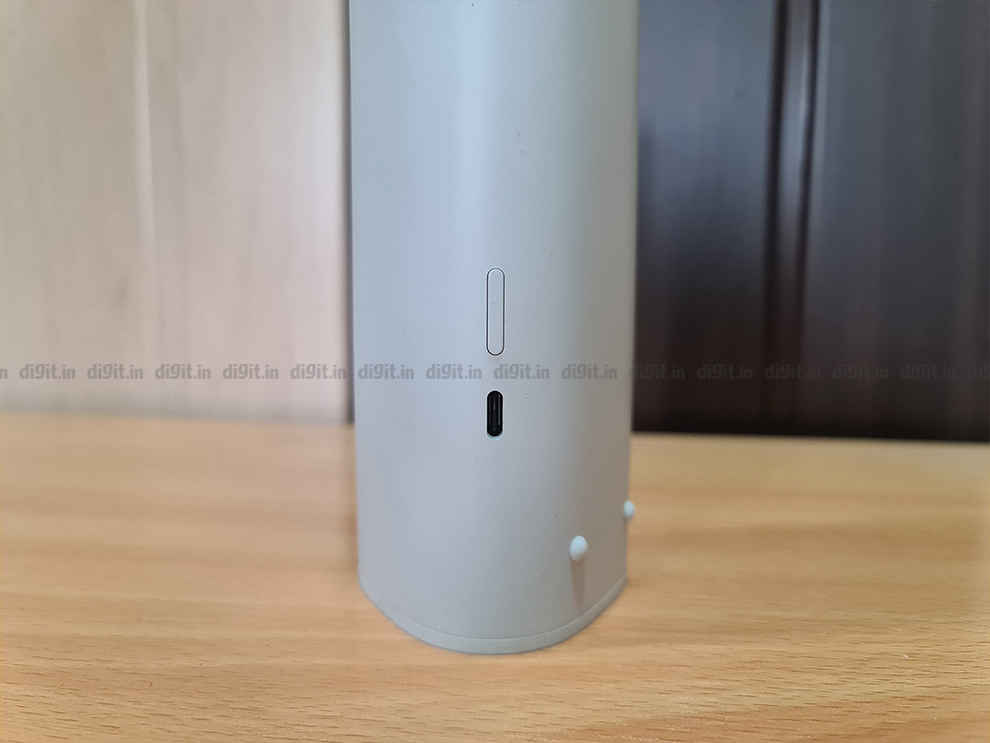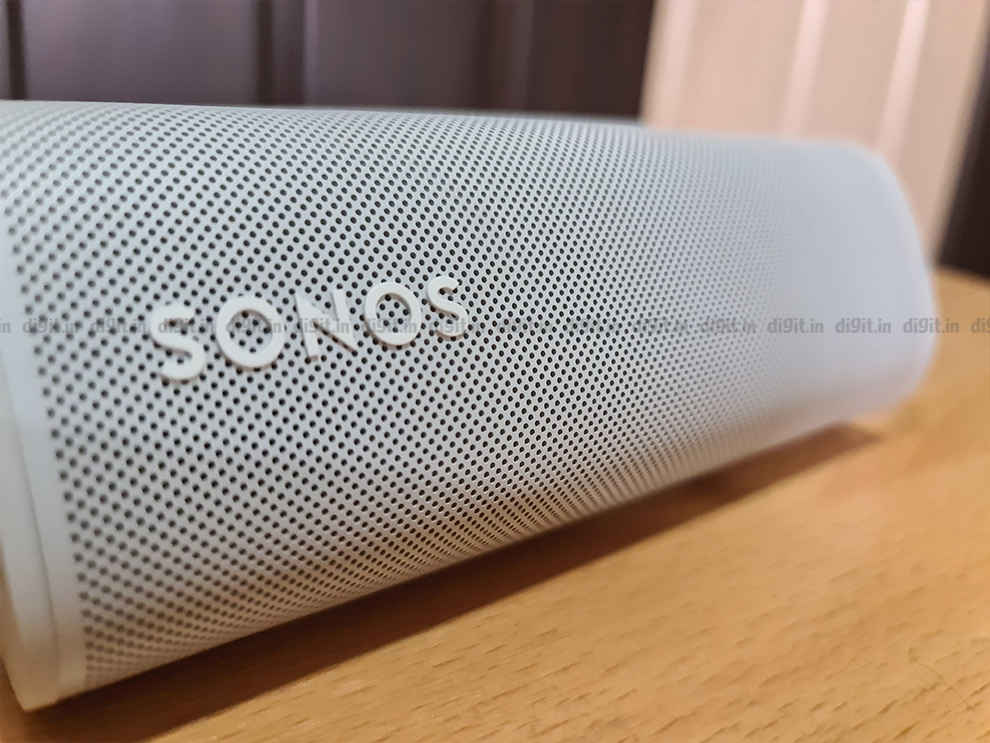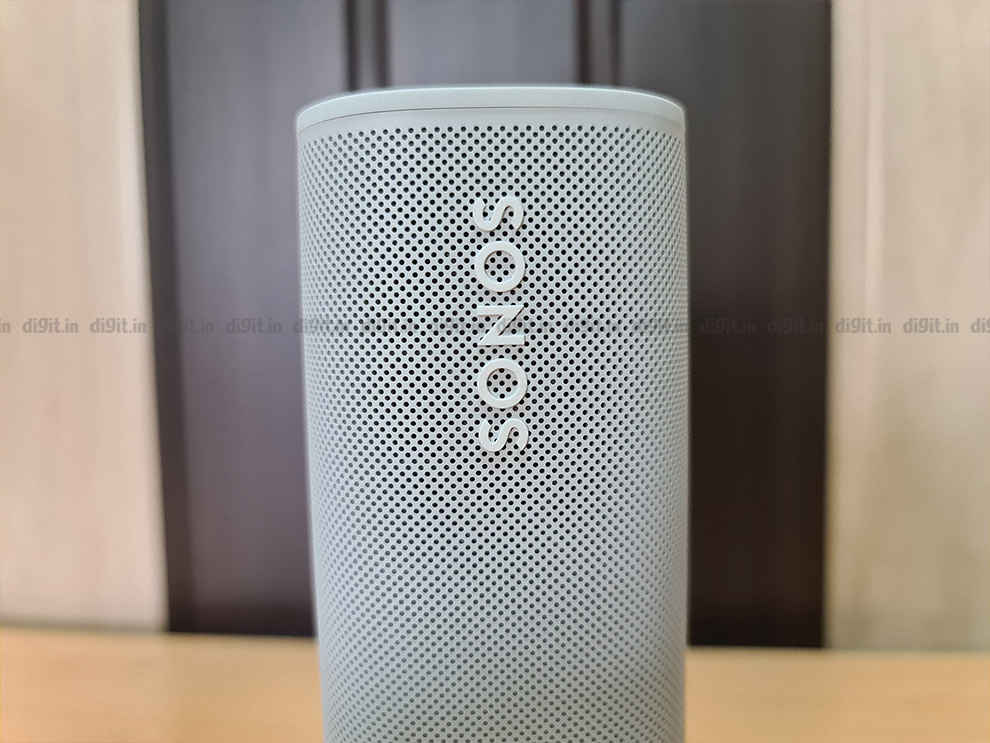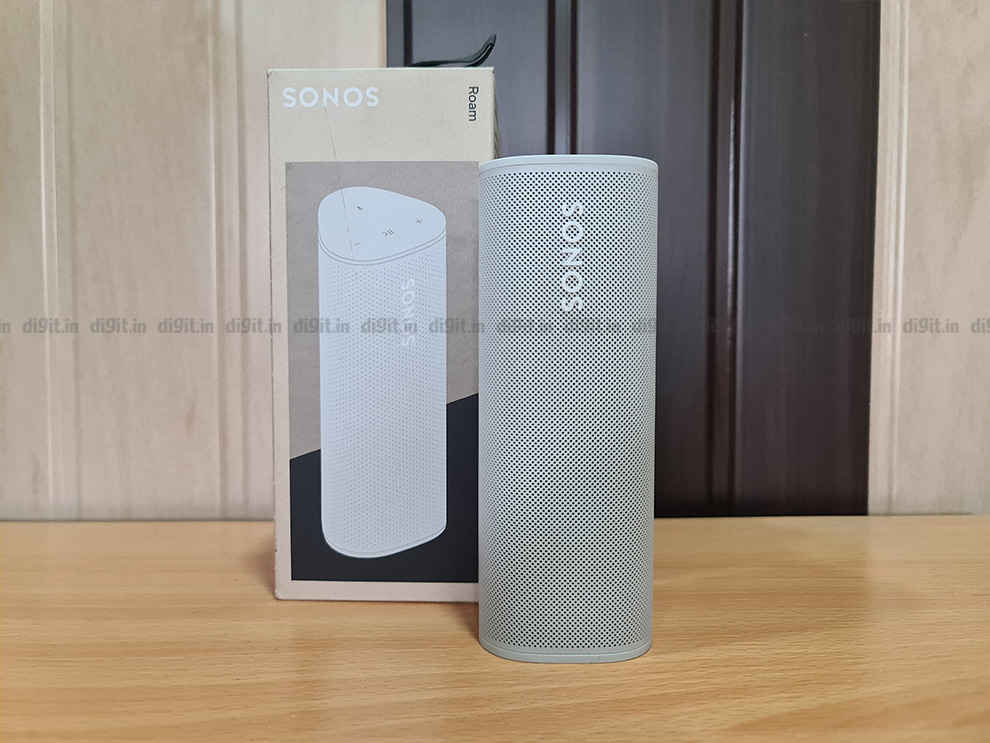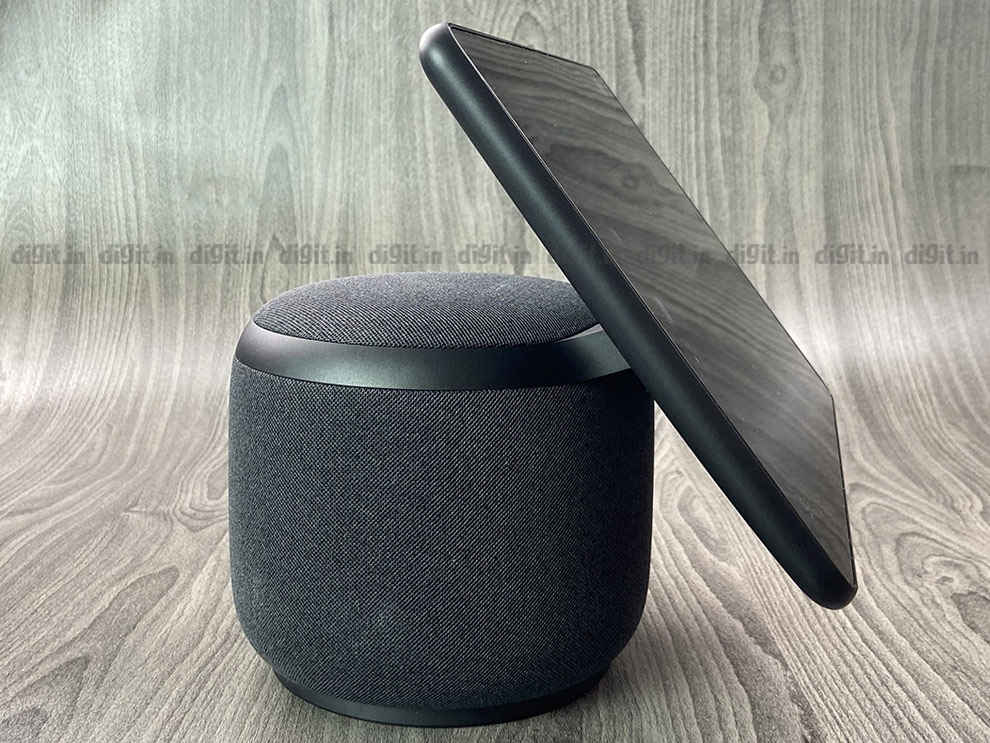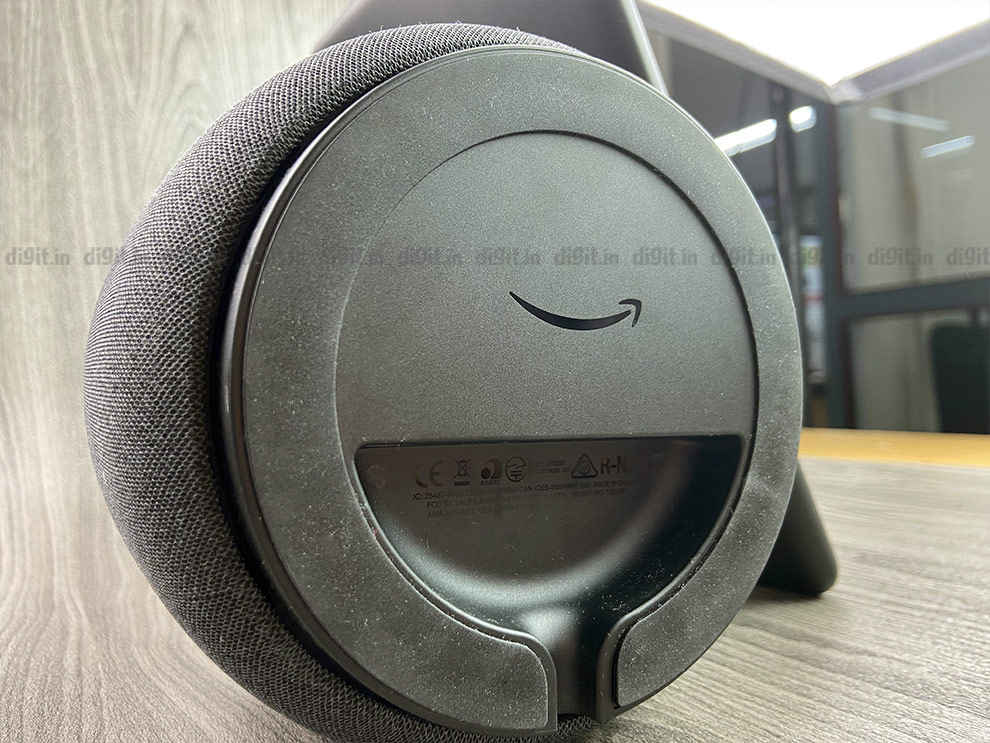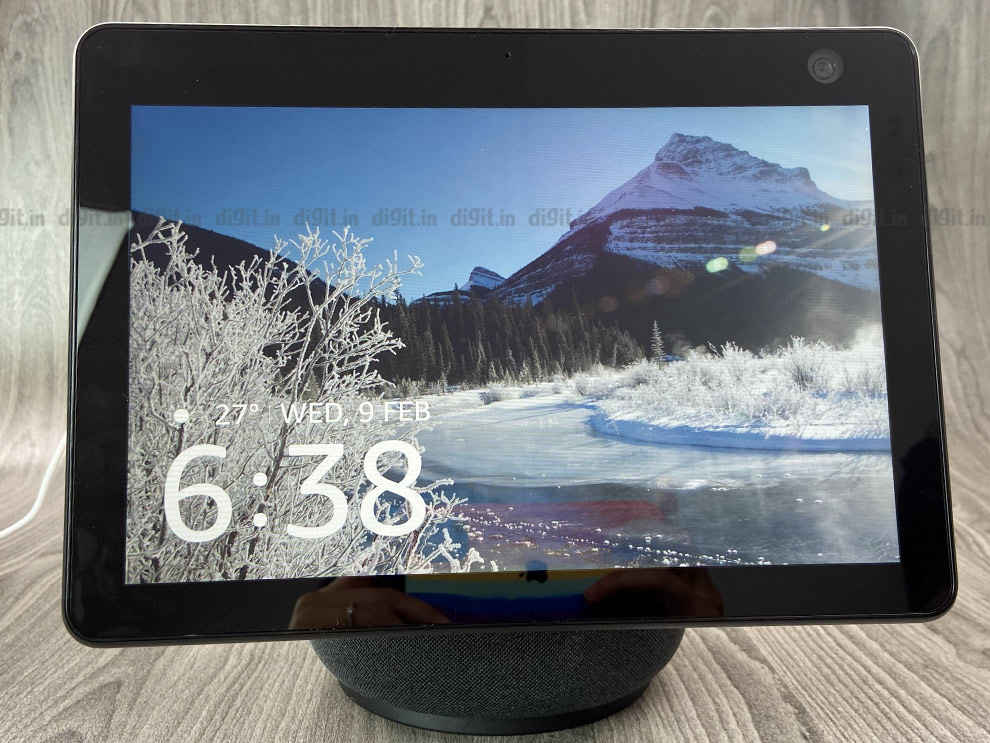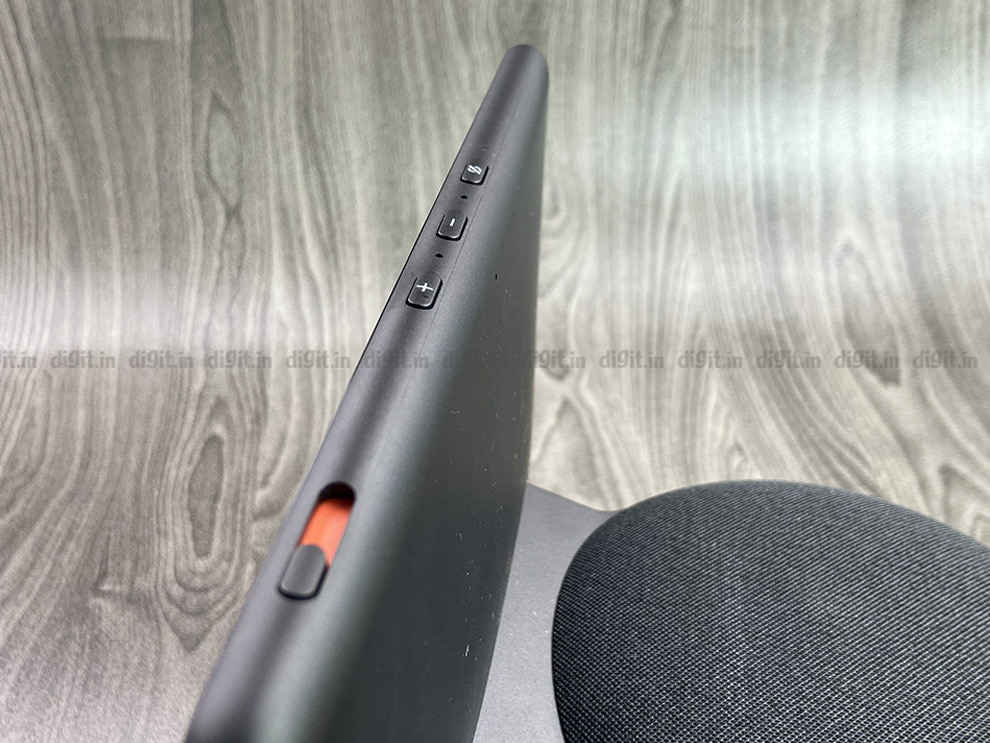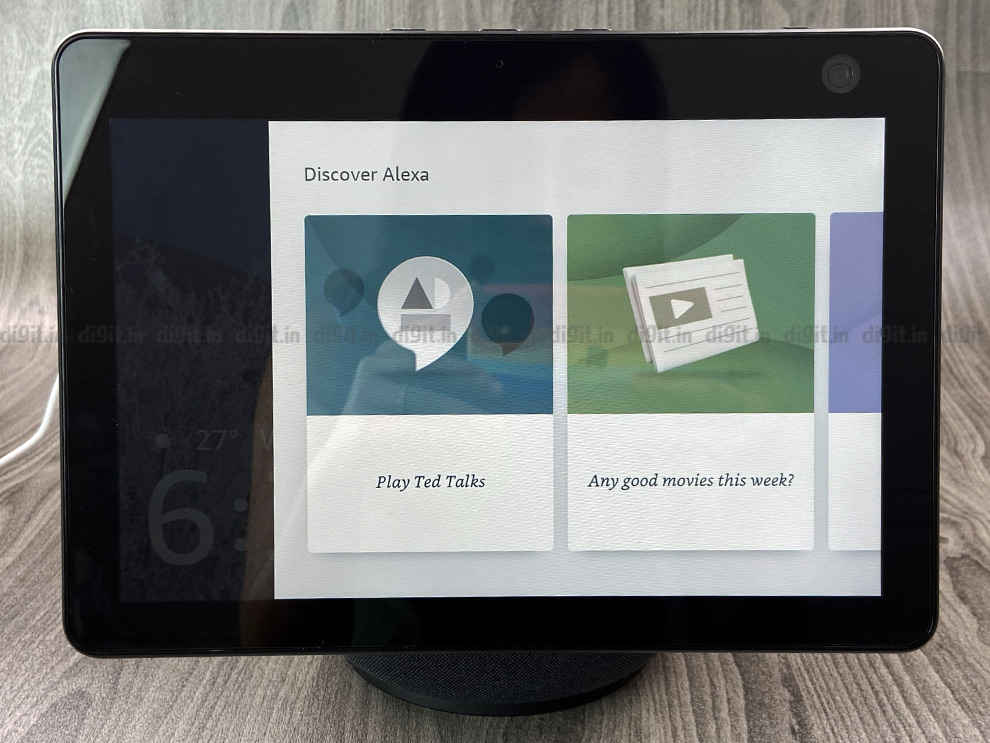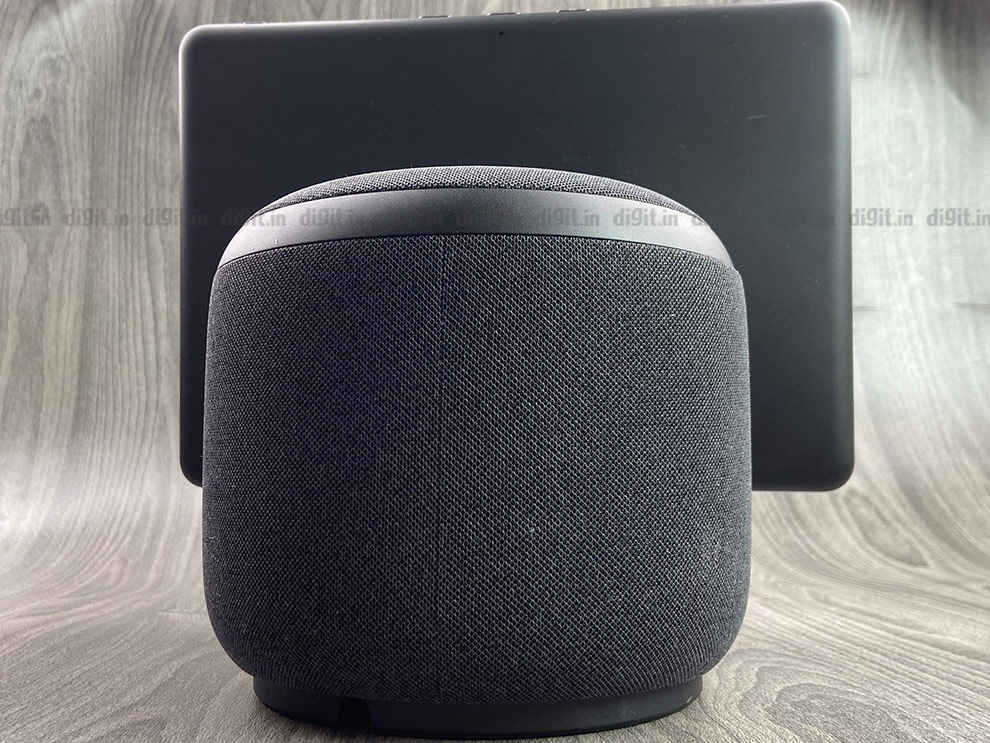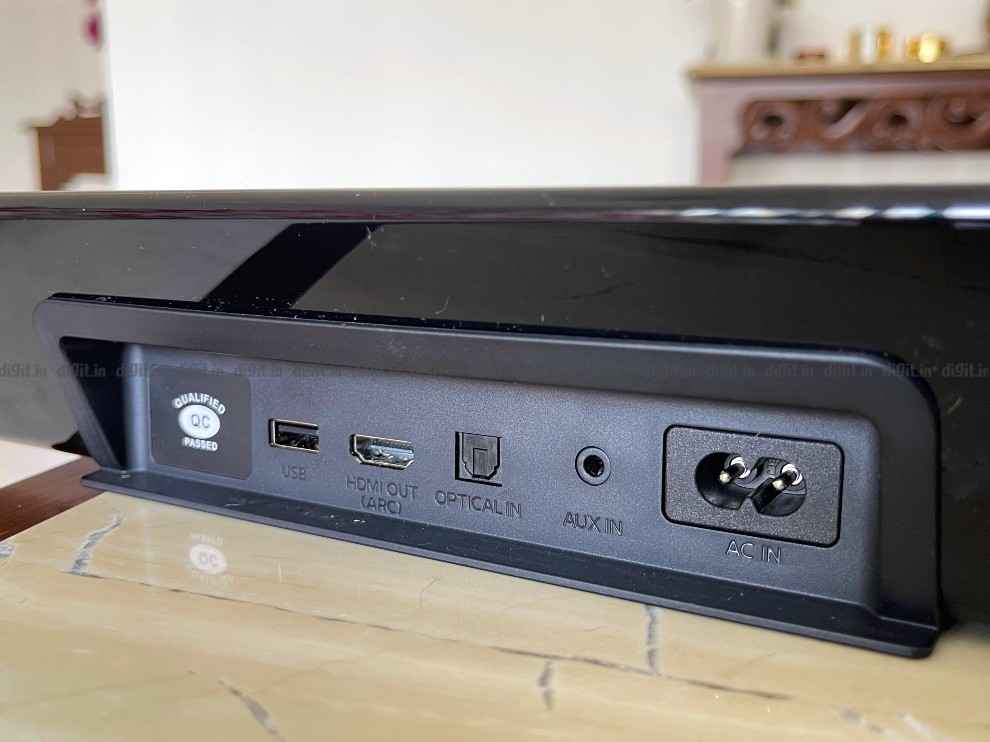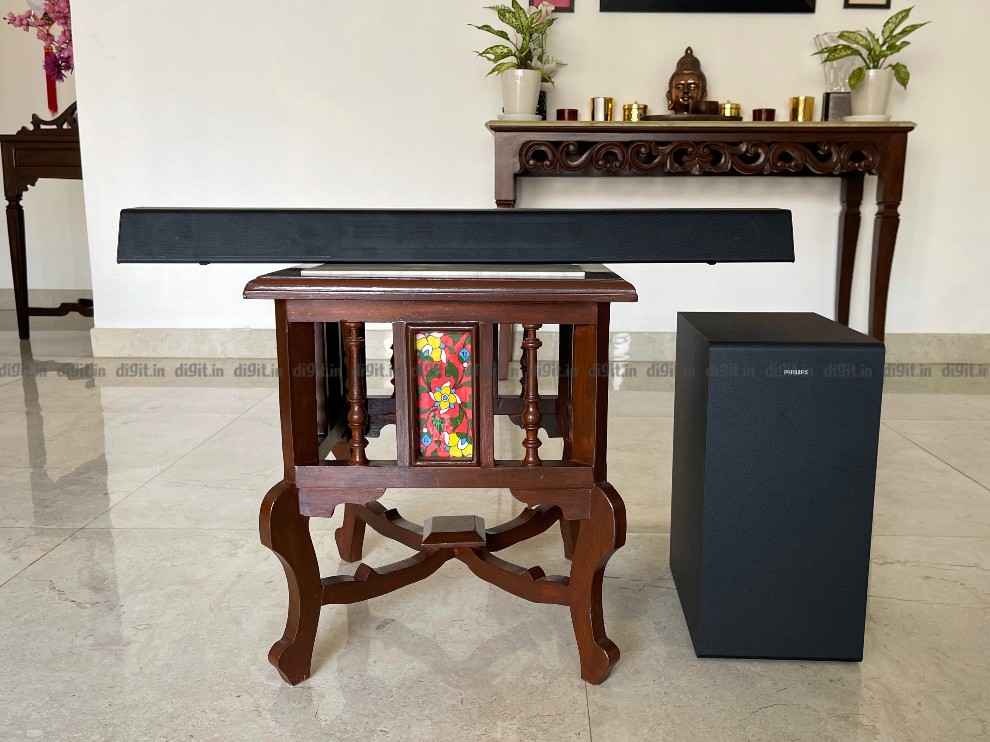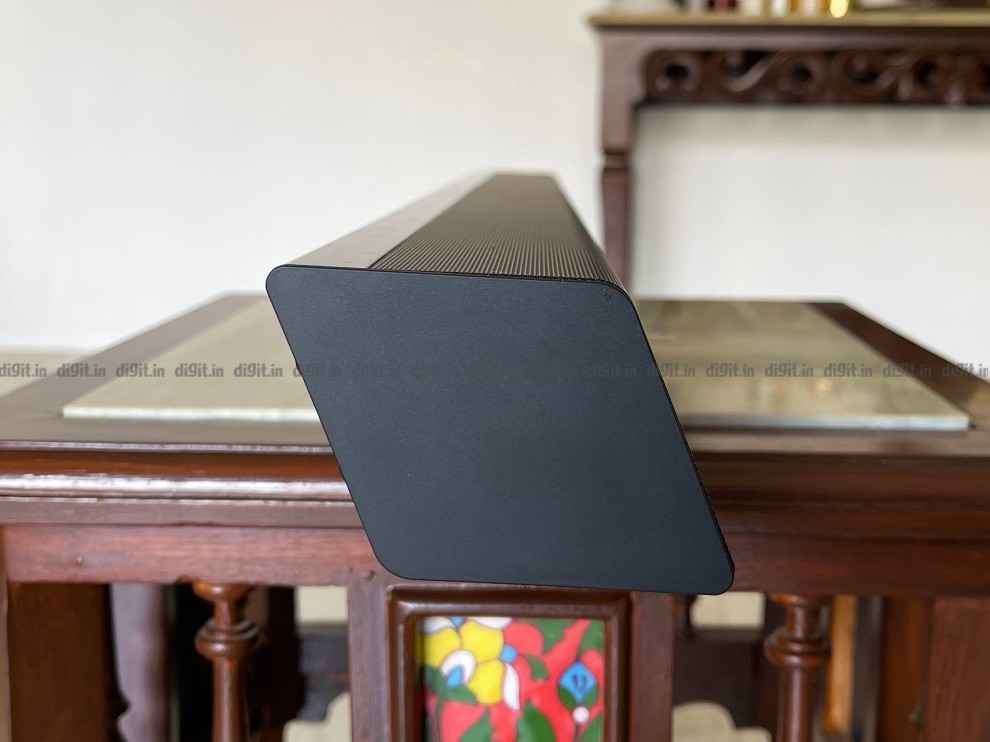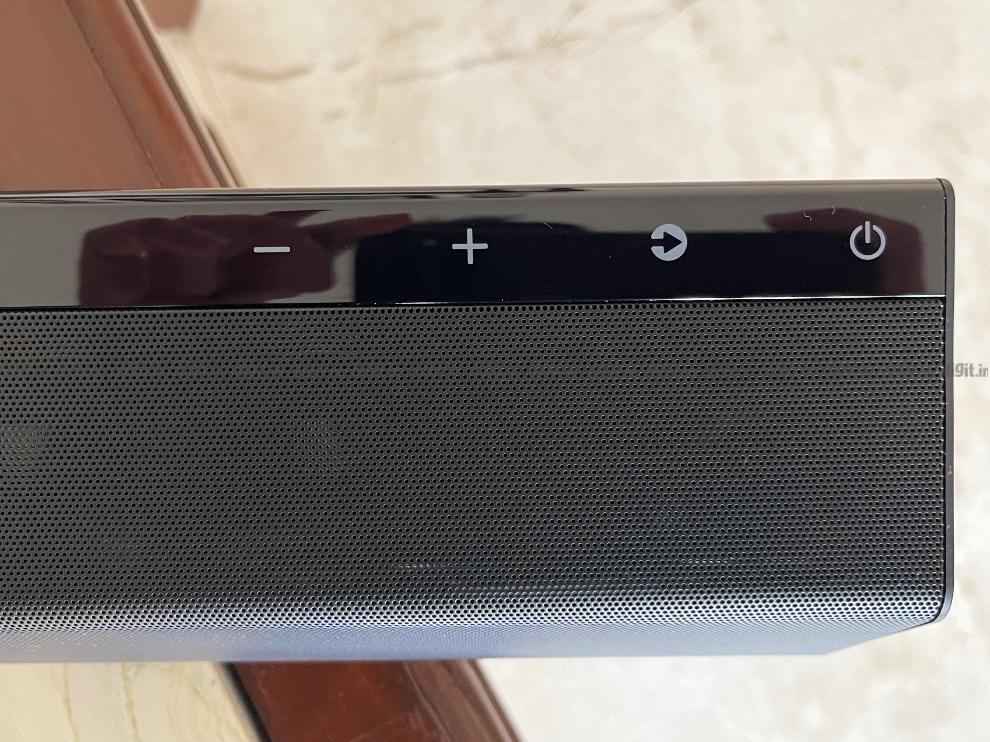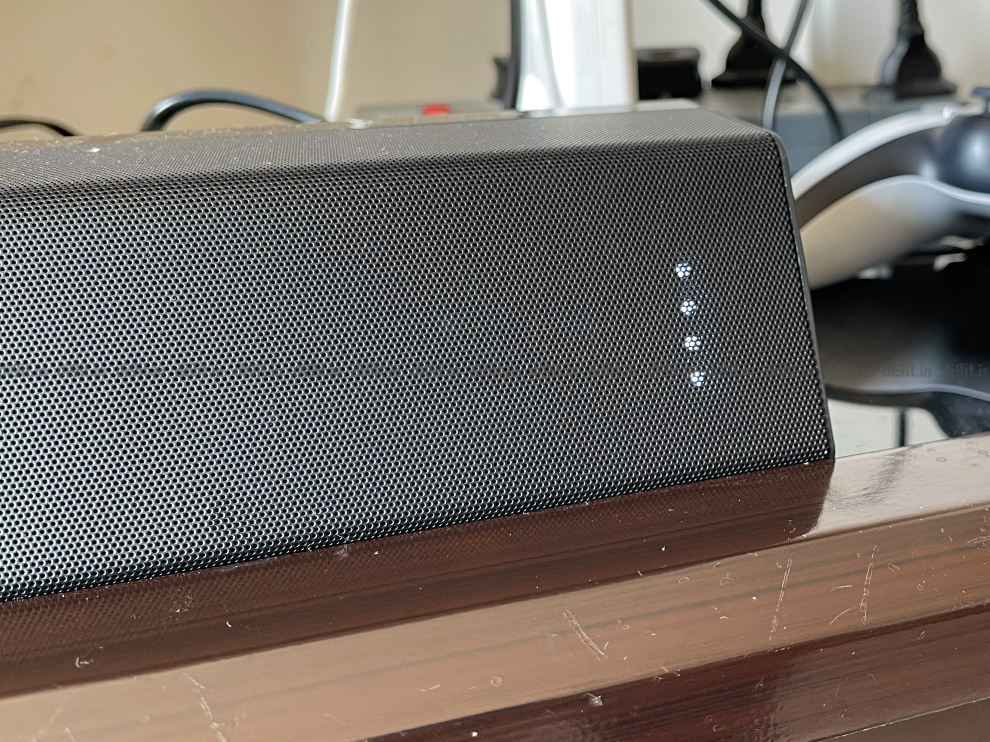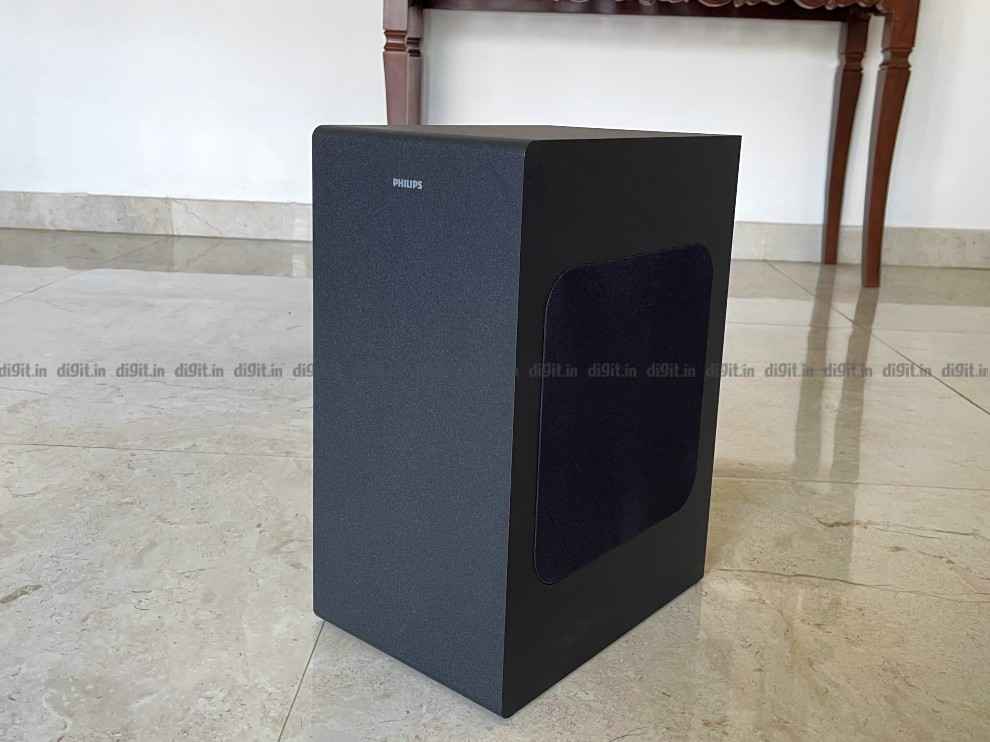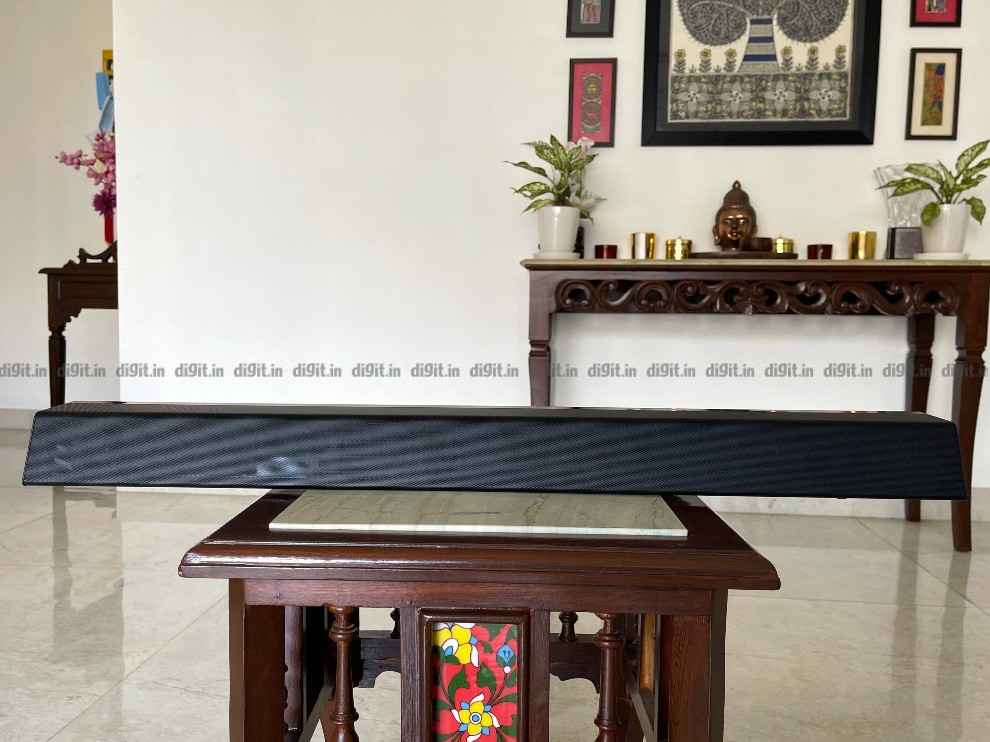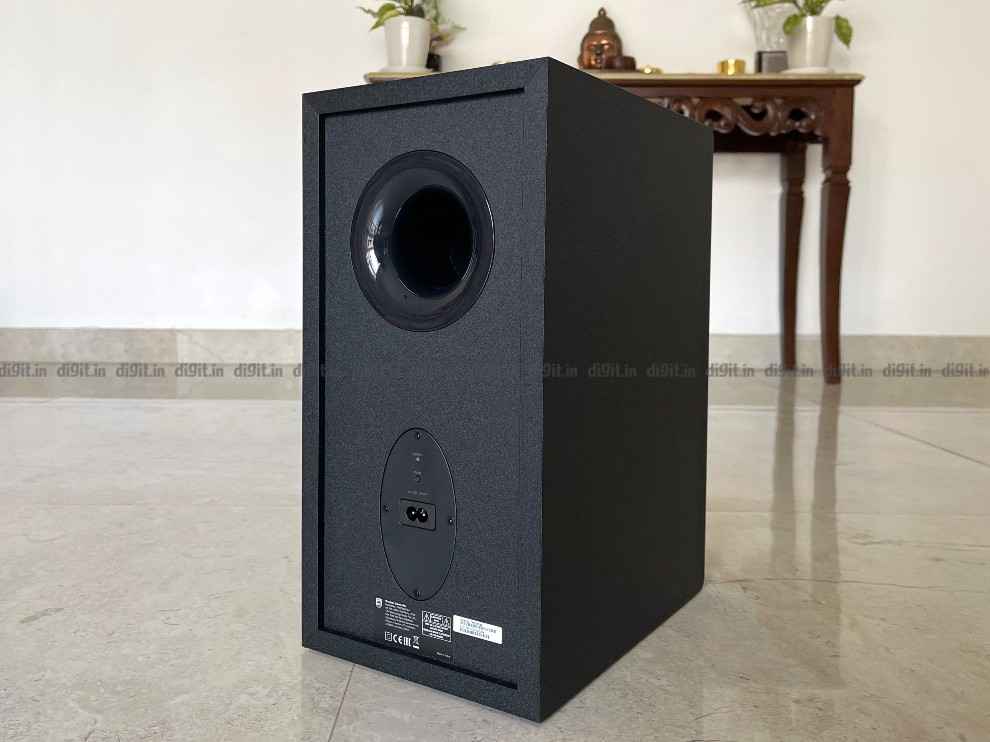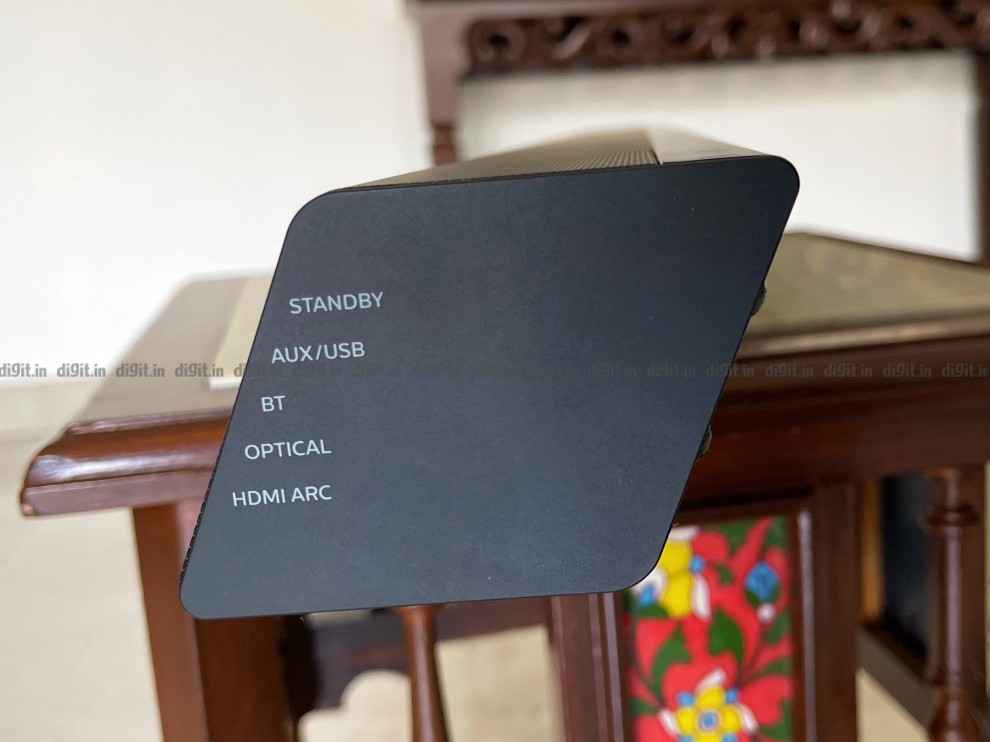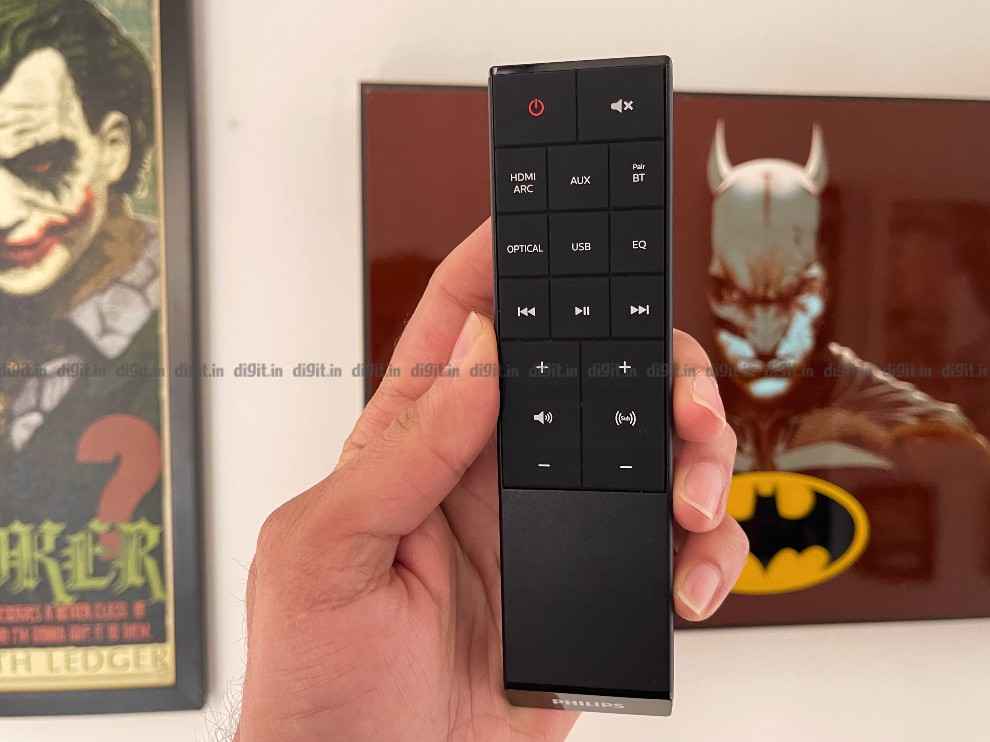Priced at Rs 2,499, the Oppo Enco Air2 looks like a pretty sweet deal on paper with 13.4mm drivers, HeyMelody app support, and IPX4 rating. However, when faced with competing products such as the Realme Buds Q2 and the DIZO Buds Z Pro, the earbuds do fall behind in terms of features and battery life.
The Oppo Enco Air2 is the company’s latest entry-level TWS pair of earphones complete with 13.4mm drivers, Bluetooth 5.2 connectivity, touch controls and HeyMelody app support. The device is priced competitively at Rs 2,499, but it does face its fair share of competitors including the Realme Buds Q2 and DIZO Buds Z Pro. Budget TWS have progressively been getting better, both quality and feature-set wise. In fact, it is not odd to even see manufacturers provide features such as Active Noise Cancellation at this price point these days. Alas, the Oppo Enco Air2 doesn’t boast of this feature. But does it do well in other areas such as sound quality, fit, and battery life? Read through as we put Oppo’s entry-level TWS to the test to know if these earbuds are worth your money or if you should look elsewhere.
Build and comfort
The Oppo Enco Air2 sports the half in-ear design that Apple popularised with its AirPods lineup. In fact, the earbuds look eerily similar to the older AirPods, so they don’t really stand out when in your ears. The case, on the other hand, does stand out with its half-translucent design. The lid of the case is translucent allowing you to peek at your earbuds from outside. The case is also extremely sleek and compact. So much so, that you can easily pocket these even when wearing skinny jeans. The front of the case sports an LED battery indicator and the bottom houses the USB Type-C charging port.
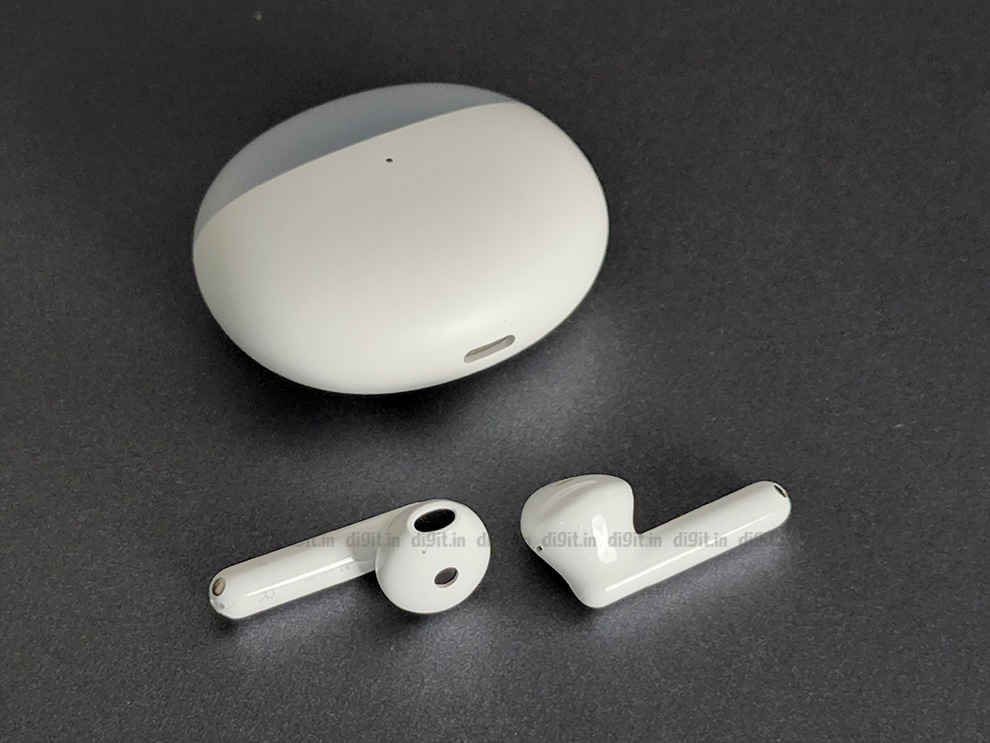
Circling back to the earbuds, while they may not be anything special to look at, these earbuds are incredibly lightweight. The earbuds have a half in-ear design so you don’t get silicone eartips. So despite their lightweight, some users may not get an adequate fit, especially if they have smaller ears. Even if you manage to get them to sit in your ears reasonably securely, they may pop out when exercising or running. For this reason, we prefer earphones with silicone eartips since they provide a much more snug fit. The half in-ear design also hampers passive isolation, so you can hear your surroundings pretty easily if you don’t listen to music at ridiculously loud levels.

All in all, we’re not too impressed with the Oppo Enco Air2’s build or fit, since they are pretty run of the mill to look at and the fit isn’t the most secure you can get at this price.
FeaturesPriced at Rs 2,499, the new Oppo Enco Air2 come with a decent number of features, but they do get bested in this department by the Realme Buds Q2 and DIZO Buds Z Pro that you can purchase on e-commerce platforms for around the same price. The Realme Buds Q2 come equipped with a plethora of features; including some such as Active Noise Cancellation and Transparency Mode which aren’t available on the Oppo Enco Air2.

What the Oppo Enco Air2 does have though is excellent app support. The HeyMelody app allows users to access multiple features such as Game Mode, EQ presets, and earbud controls. EQ presets, which OPPO has dubbed the Enco Live sound effects, include Original sound, Bass Boost and Clear vocals. The Original Sound preset sounds the most natural and is one by default.
The app also allows users to customise earbud controls including the double tap, triple tap and touch and hold commands. You can choose between seeking tracks, pausing and playing music, Game Mode, Voice Assistant, and even volume level controls. There’s also a toggle for Game Mode within the app that reduces the latency down to 80ms, according to the company. In our testing, there was a slight difference in latency when Game Mode was turned on. Additionally, you can also check battery levels and perform firmware updates via the app. However, app support is not available for iOS users.

The earphones also have other features such as IPX4 sweat and splash resistance on the earbuds and mono earbud usage. The earphones are powered by Bluetooth v5.2 with stable connectivity for the most part. Some Oppo phone models support additional features such as double-tap to click a photo and Flash Connect (similar to Google Fast Pair). Overall, these earbuds are pretty feature-rich for their price point but the Realme Buds Q2 and the DIZO Buds Z Pro definitely beat them out in this regard with ANC and Transparency Mode support as well.
PerformanceSporting 13.4mm composite titanized diaphragm drivers, the Oppo Enco Air2 produces loud sound with decent bass and mids. They’re overemphasised, but that’s necessary with half in-ear buds since they don’t have a snug fit. The resulting sound is pretty warm and thumpy, although we wish that the highs were a bit more balanced.
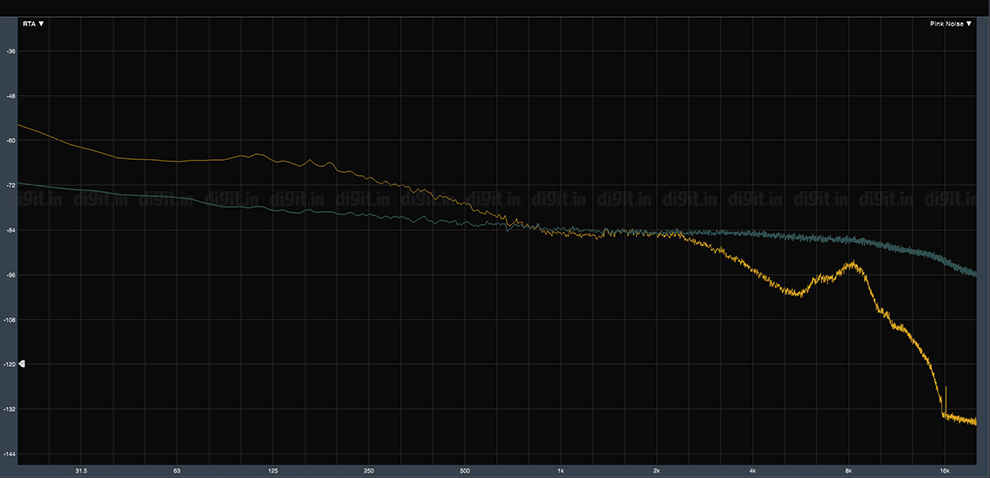
The highs can sound slightly muffled in the mix at times since they are underemphasised in the mix. So, genres such as rock and classic don’t sound as detailed. However, for most modern-day music, the Oppo Enco Air2 produces serviceable sound that doesn’t lag behind competition such as the Realme Buds Q2. The Buds Q2 has slightly more exaggerated bass which may please bass lovers more.

The form factor of the earphones does pose some problems though. The half in-ear design leads to a lot of leakage, so when you’re travelling, your fellow passengers will be able to hear the tunes you’re rocking out to. Additionally, the earbuds also have lacklustre passive isolation. This coupled with the missing ANC means that these earphones are not ideal to use when travelling. You can easily hear car horns or the sounds of train tracks, so you will need to increase the volume levels which may cause hearing damage.
The Oppo Enco Air2 comes with AI Noise Cancellation for calls. The microphone picks up the caller’s voice pretty clearly, however, it does pick up ambient sounds as well. So, if you’re in a noisy environment, the call may be riddled with disturbances. However, indoors, the microphone is more than capable of clear calls.
Battery lifeThe Oppo Enco Air2 doesn't particularly impress when it comes to battery life. While it provides a day’s worth of battery life with the earbuds and charging case combined, the earbuds alone only provide 4 hours of continuous wireless playback. This is on the lower side when it comes to competition. Both the Realme Buds Q2 and the DIZO Buds Z Pro provide 7 hours of continuous playback with ANC turned off. The earphones lasted for 3 hours and 45 minutes in our tests with the volume levels set to 80 per cent, which is not at all impressive.
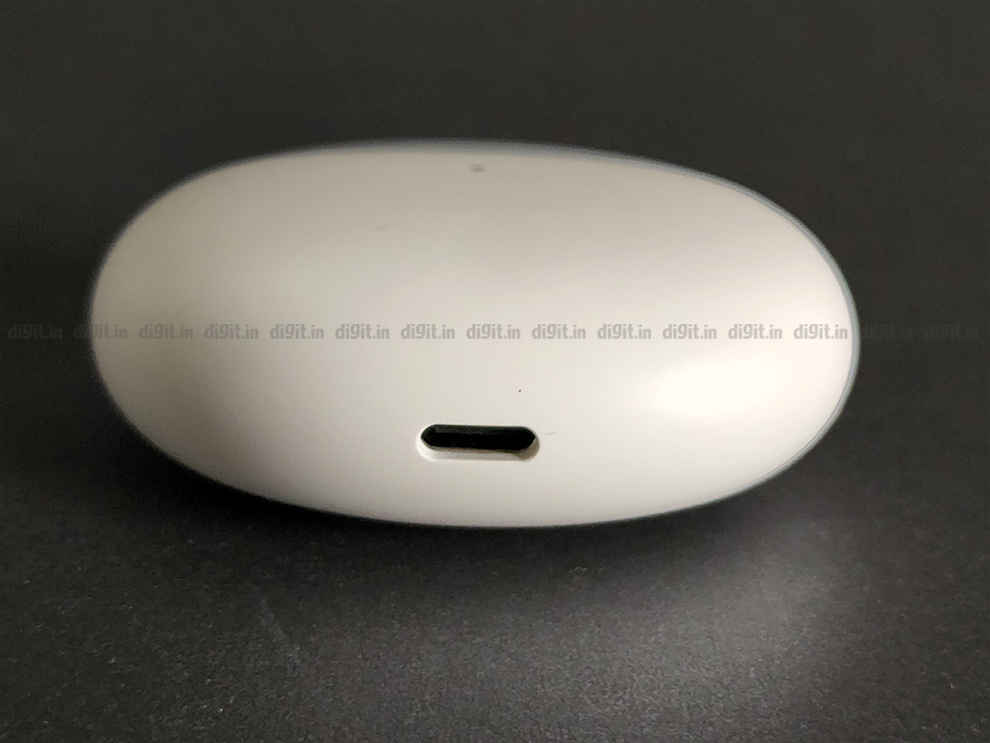
The Enco Air2 also doesn’t support fast charging, which is supported on both the Realme Buds Q2 and the DIZO Buds Z Pro. Charging the earbuds up to full from empty takes approximately 1.5 hours.
VerdictPriced at Rs 2,499, the Oppo Enco Air2 looks like a pretty sweet deal on paper with 13.4mm drivers, HeyMelody app support, and IPX4 rating. However, when faced with competing products such as the Realme Buds Q2 and the DIZO Buds Z Pro, the earbuds do fall behind in terms of features and battery life. Active Noise Cancellation and Transparency Mode being absent may not seem like a big deal at this price point, but when competing products offer these features and better battery life, it becomes hard to recommend this product.
from Audio Video Reviews https://ift.tt/shxRYIa
